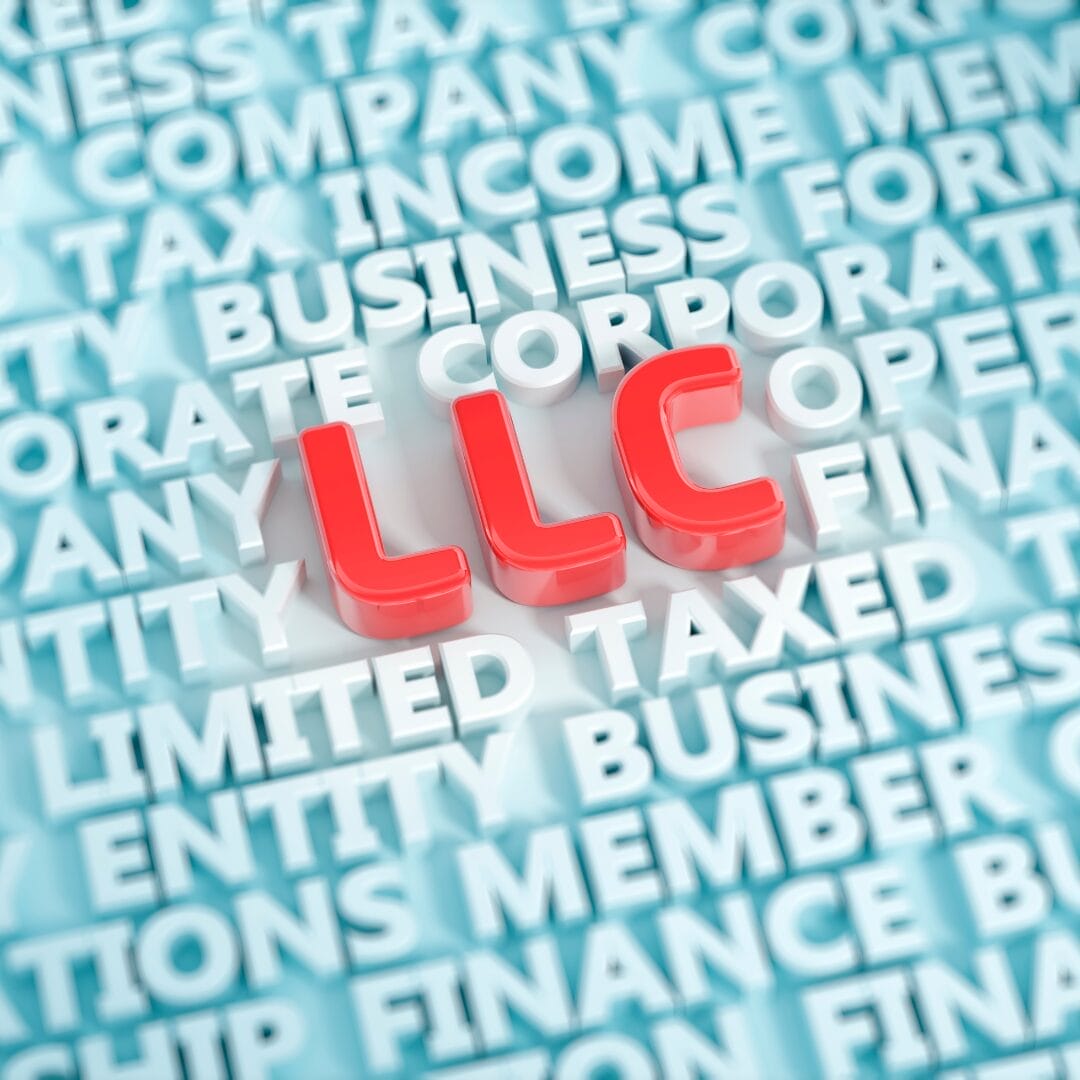We recently have helped a few clients who had made a terrible mess of their books using the Bold integration for Shopify, and we were surprised the clients had not heard of A2X for Shopify. We have been using the solution for our Shopify sellers since it debuted in 2019, and find that it integrates smoothly with both Xero and QuickBooks Online.
We will cover at a high level the features of each and the positives and negatives. Below we will go more in depth how each one works.
How Bold and A2X work
Getting the data from the selling platform to the bookkeeping system is no small task. Whether you sell on Amazon, Shopify, WooCommerce, or another system, sales data must be transferred to the bookkeeping system before it can be reconciled.
When Bold hit the e-commerce scene, it was initially met with rave reviews. Created to bridge the data gap between Shopify and bookkeeping systems like QuickBooks Online or Xero, Bold transfers each transaction’s data from the selling platform to the business’s bookkeeping system, where it can then be utilized for sales analysis and reporting.
 However, the daily transaction method that Bold uses creates a reconciliation nightmare for growing businesses, or sellers with high transaction volume. Importing each and every transaction as a separate invoice or journal entry can result in an overwhelming number of items to categorize – and it can also make it difficult to match a given sale to the associated expenses and resulting payout.
However, the daily transaction method that Bold uses creates a reconciliation nightmare for growing businesses, or sellers with high transaction volume. Importing each and every transaction as a separate invoice or journal entry can result in an overwhelming number of items to categorize – and it can also make it difficult to match a given sale to the associated expenses and resulting payout.
In 2019, A2X, the premiere provider of software connecting your Amazon store to your accounting system debuted a Shopify version of the service. The creators of A2X are known for their focus on precision, and the software reflects that.
Transactional Versus Settlement Reporting
Bold |
A2X |
|
Pros |
Global tax support Detailed financial reporting Automatic daily transaction exporting Invoice creation |
Automatic imports of Shopify settlements that post Reports summarize revenue, expenses, and more Sales summary may be customized by details Invoice and journal entry are generated for each settlement Inventory value & cost are accessible to seller Accurate gross margins |
Cons |
No inventory tracking Can be pricey for smaller sellers Frequent errors reported |
No tax support/additional services that Bold offers High volume sellers will pay more for A2X |
Smaller sellers may find that the transactional aspect of Bold works for them, and allows them to learn the ins and outs of their business by handling each transaction individually and reviewing how much money is going towards taxes, shipping, and similar costs.
But for businesses operating at high sales volume, the need to sort through each and every transaction creates a heavy demand on their time.
While Bold’s reporting practice is referred to as transactional, A2X utilizes what’s known as settlement statements. Settlements occur when a platform like Amazon or Shopify deducts fees and expenses, then pays a seller out for a given period of time (commonly two weeks). Settlement statements are a summary of that time period which report numbers like profit, expenses, shipping costs, etc. Utilizing the accrual method of accounting, these reports give sellers an accurate picture of their company’s financial state.
For high-volume sellers, a settlement statement gives an effective overview of the business’s activity, after factoring in items like discounts, fees, refunds, shipping, and taxes. This allows sellers to have a clear picture of their profit and loss – without getting bogged down in line items and small expenses. This is more difficult when using a transactional model like Bold where these items must first be matched up.
Choosing Your Integration

While A2X might not have as many additional services as Bold, it does one thing, and it does it really well.
A2X is configured to detect when Shopify payments are sent to sellers, and then to automatically collect and summarize the financial data for that time period, reconciling books and syncing with the business’s chart of accounts. It works across multiple markets, multiple currencies, multiple stores, and multiple tax rates. It also works with a variety of payment gateway including Paypal, Afterpay, and Authorize.
For sellers who want to minimize their time spent bookkeeping, or who are looking to scale their business, A2X is currently the best integration to use with Shopify and QuickBooks Online or Xero. For sellers who want to manage each line item and have add-on options, Bold might be the best choice.
If you’re ready to give A2X a try with your Shopify store, Ecom CPA can help you set up the integration and train you to use it.
Email us at [email protected] to get started!




